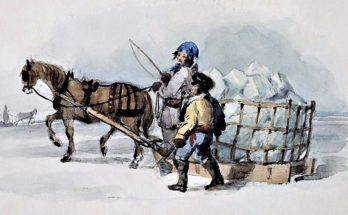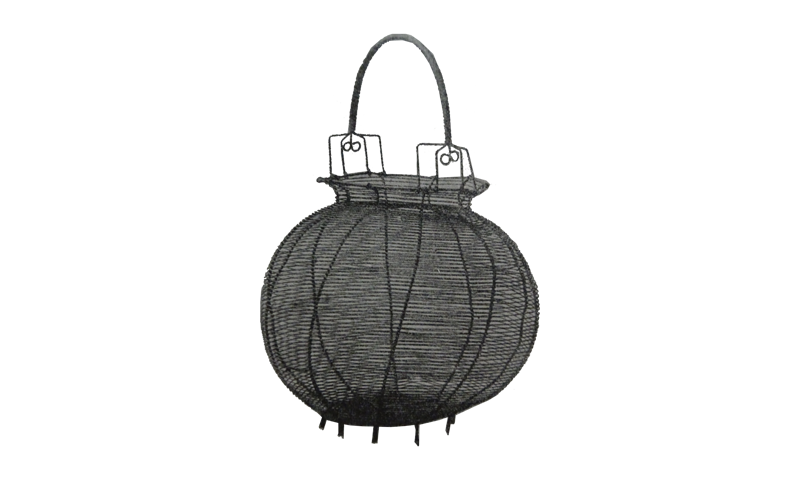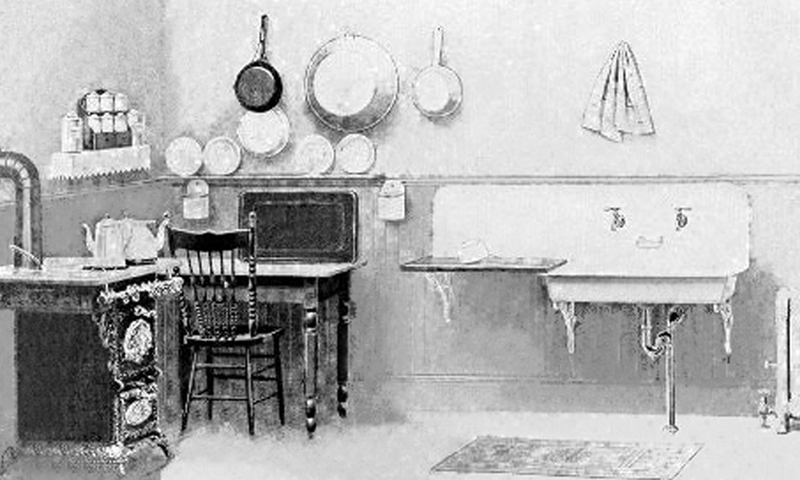What was the composition of blacking mixture for a wood-burning iron cook stove? I noticed some working museums don’t polish their wood-burning stoves, probably a weekly activity in a Victorian home. What do you think they could use today? …from Google books, at least 10 old formulas. From one of these we should be able to extract a healthy modern-day polish for antique stoves…but it is advised to appreciate them for the historic information only as they could be dangerous.
List was found in The Scientific American Cyclopedia of Receipts, Notes and Queries, edited by Albert Allis Hopkin, page 7. If you’d like to purchase an antique wood-burning stove, see local suppliers around the country.
Blacking; and Polishes for Stoves.— Graphite (often misnamed black-lead) is the foundation ingredient in a stove polish. Lampblack is frequently added to deepen the color, but the latter form of carbon is of course more readily burned off than the former.
The powder variety of stove polish is merely purified and ground graphite, with or without the addition of lampblack, which is applied to the stove by being first mixed with a little water.
The paste is made by the addition of glycerine or paraffine oil to the powder.


